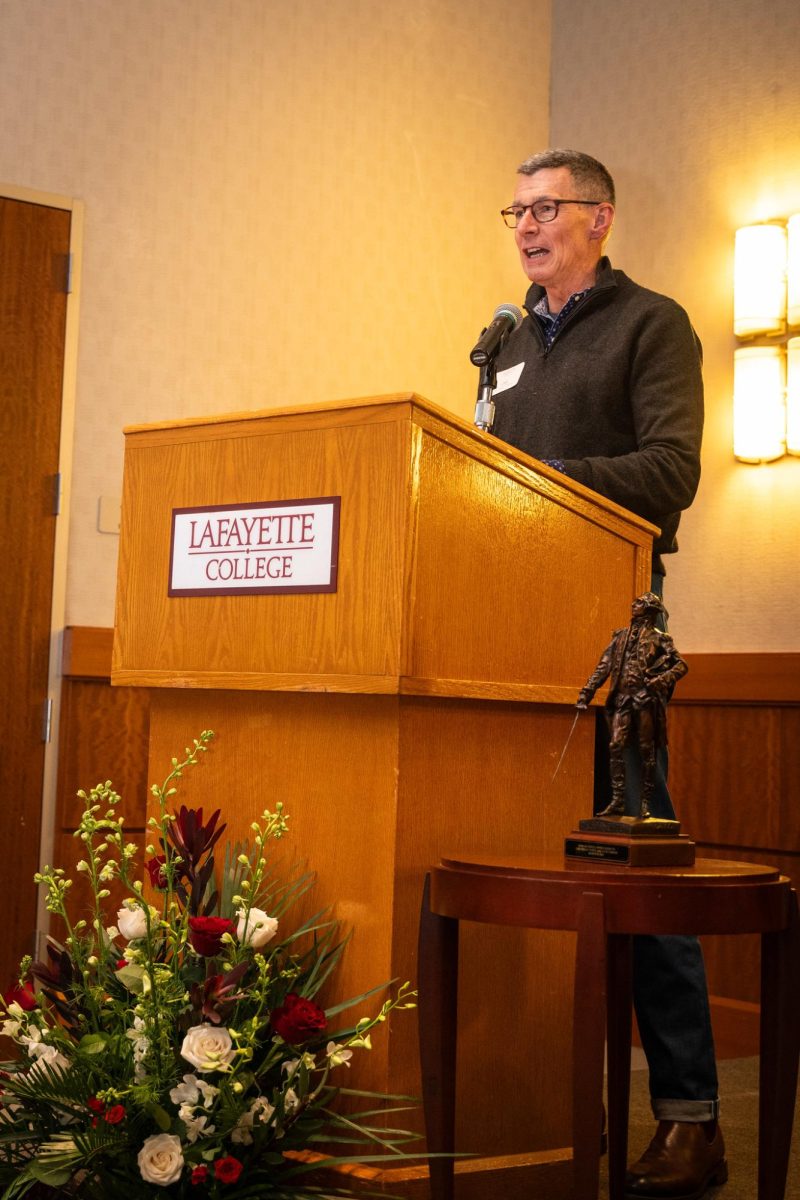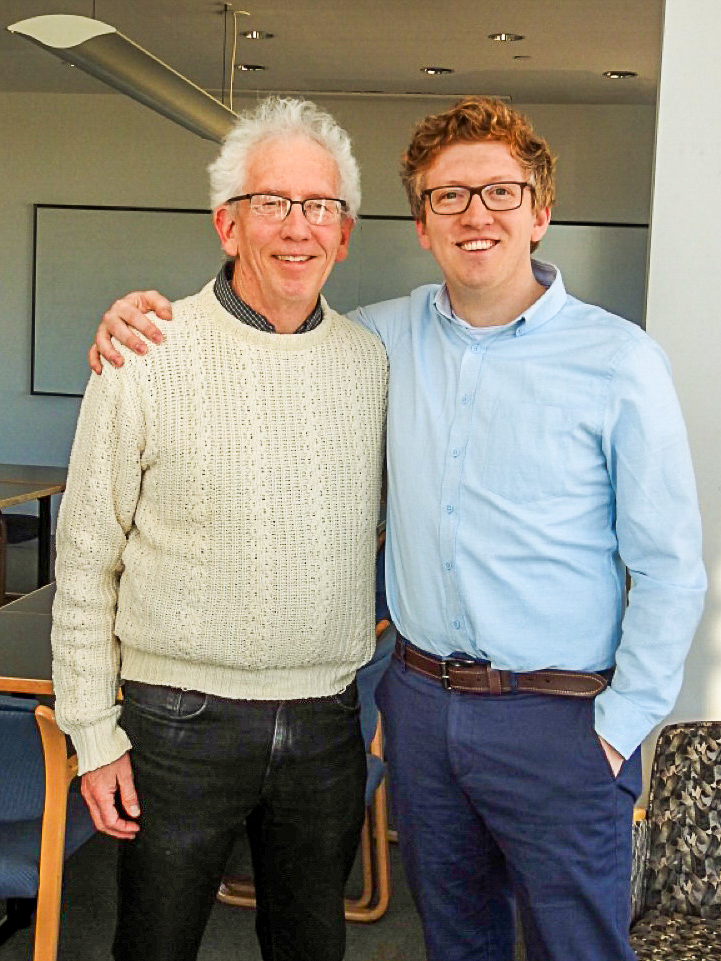The college is planning to phase out the 5-tiered housing system currently in place and replace it with a “blended” housing model with just two rates, though the timeline for this change is currently unclear. Under the new system, there would be one rate for on-campus housing and one for off-campus.
The most likely implementation for housing assignment under the new system would be a lottery, said Vice President of Finance and Administration Roger Demareski.
“The goal [is] allowing any student from whatever background and whatever financial means to have access to the different types of housing,” he said. “[If] the college offers the lottery system, I think that having an on and off rate will allow for that.”
This year, housing rates varied from $10,308 per academic year for tier one options like Ruef and Watson Hall, to $11,566 for the Tier 5 housing options like 512 March Street and the new McCartney dorms.
Demareski noted that some of the tiers are already not significantly different, with tiers one and two being differentiated “not by a lot of dollars” but by central air conditioning. Tier one and tier two are for on-campus housing, while tiers three through five are for off-campus. If the models were blended, the higher tiers would likely go down in cost, while the lower tiers would increase.
“If you blended [tiers one and two], theoretically, the tier twos would pay less and the tier ones would pay more,” Demareski explained. “[For off-campus housing], we get the same sort of blending of some paying more and some paying less.”
The decision to move to a blended housing model will not significantly affect the college’s budgetary planning, Demareski said, but it would affect financial planning for students and families. As a result, implementing the transition would likely occur over a four year period, starting with one incoming class using the new system while the rest of the students still paying according to the 5-tiered system. This would mean that some students could potentially be paying different amounts for the same housing during the transition period.
Planning to move to a blended housing model has been in the works in the administration for years now, but abolishing tiered housing has gained attention on campus through social justice groups in recent years.
Flor de María Selena Cáceres Godoy ’22 and Kimberly Manalang ’21 are both allies of the Dear Lafayette College, a Black-led student coalition that has named “the abolishment of the housing tier system which perpetuates evident socioeconomic class distinctions” as one of their priorities in a list of demands they released last fall.
“A lot of people don’t experience a lot of the problems that Tier One students may have to go through them, a lot of work orders…air conditioning is not guaranteed…there [aren’t] elevators, all those things that I feel like just students just need in general just to function and that affects their academics…[and their] well being if they call Lafayette their home,” Manalang said. “Because, especially in the pandemic, [your] room is where you spend most of your time. And if that’s limited by financial situations that just puts some people at a disadvantage.”
Manalang, who has worked with Residence Life as a Resident Advisor for the past two years, explained that financial aid for students has traditionally only covered the cost of tier one housing.
“[Finance] limits people from really connecting with each other, especially when you’re thinking about where folks that are coming in from high-income families are able to go to and are able to surround themselves…[with] their own social socioeconomic class, versus maybe low-income students,” Godoy said.
Godoy added that this contributes to “discrete but very obvious separation between the socioeconomic classes and racial divides.”
Manalang also explained that there was not a historical precedent for the tier system, which she learned after conversations with Black alumni who attended Lafayette in the ‘80s revealed that they had participated in a housing lottery with no tier distinctions.
The college archives and Vice President of Campus Life Annette Diorio later confirmed that the tier system was not implemented until 2009-2010, in the wake of the 2008 Financial Crisis.
Advocacy by groups like Dear Lafayette has provided momentum for the administration to pursue tentative, long-discussed plans to make housing more equitable, said President Alison Byerly.
“[We] realized that [tiered housing] continued to hold strong symbolic importance for students,” she said.
She noted that conversations became more involved over the winter interim.
Diorio elaborated on the blended housing initiative, and said that the change would also make “the ability to move students between locations a little bit easier” for Residence Life, a process that can become challenging when students need to be relocated from their housing assignments but do not wish to navigate more expensive housing rates.
“For five or six years we’ve been trying to come to a place where we can actually get a rate that works for everybody,” she said.
“And it’s been on our radar and it’s something that we’ve been trying to sort of chip away at and one of the challenges has been in the past…[is] in some ways it can inadvertently raise the floor,” she continued, referencing the fact that the blended housing price for on-campus housing would likely be more expensive than the current tier one level.
Although plans are tentative, Demareski indicated that the altered housing rates would be phased in beginning with the incoming freshman class next year, and all following years would also adapt to the alternative rates.
“There’s significant consensus that this is something that the college wants to do in concept, it’s a pretty straightforward plan. How you implement it, I think will be the decision,” Demareski said.
News Editor Lucie Lagodich ’22 contributed reporting.










































































































